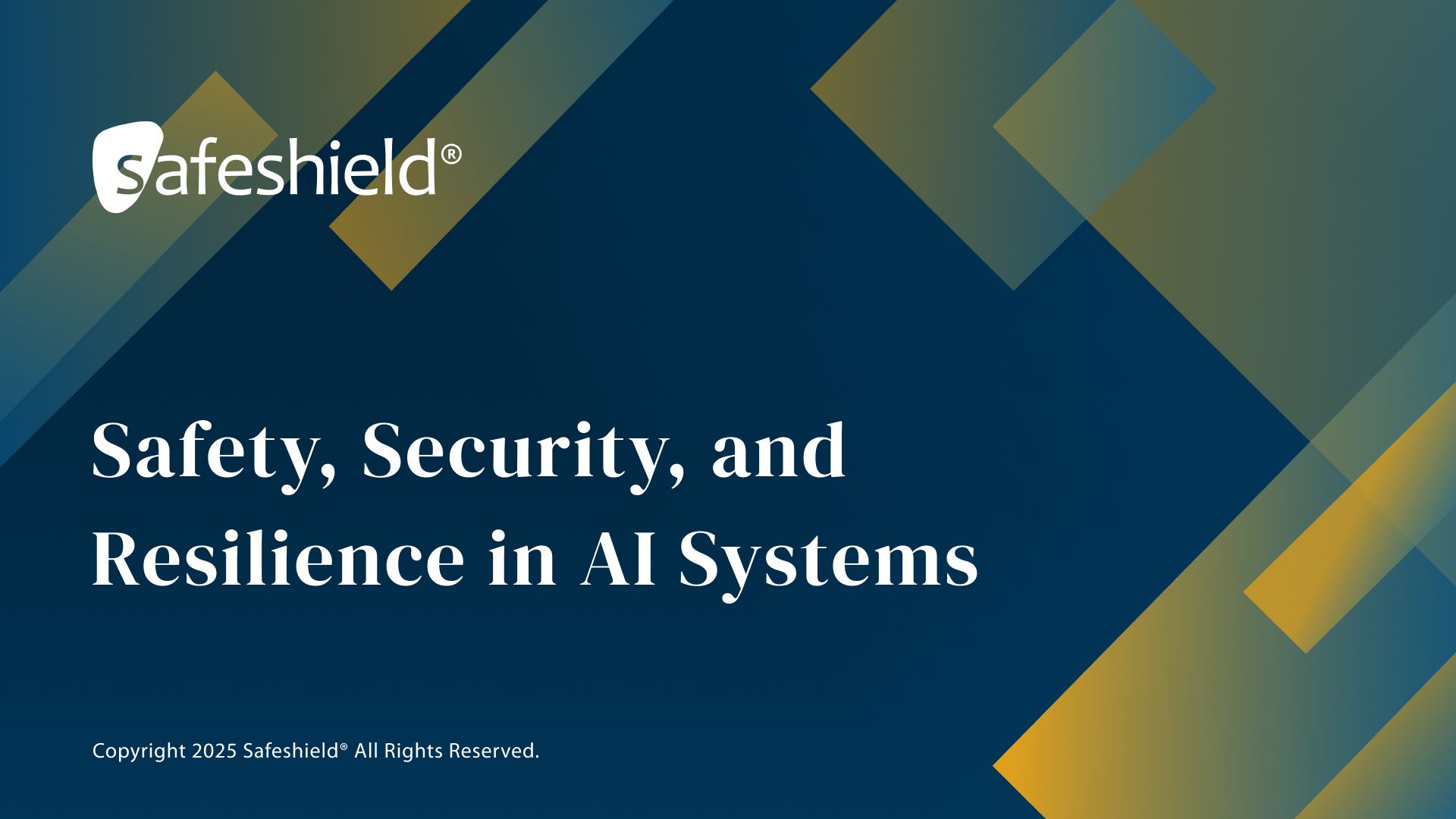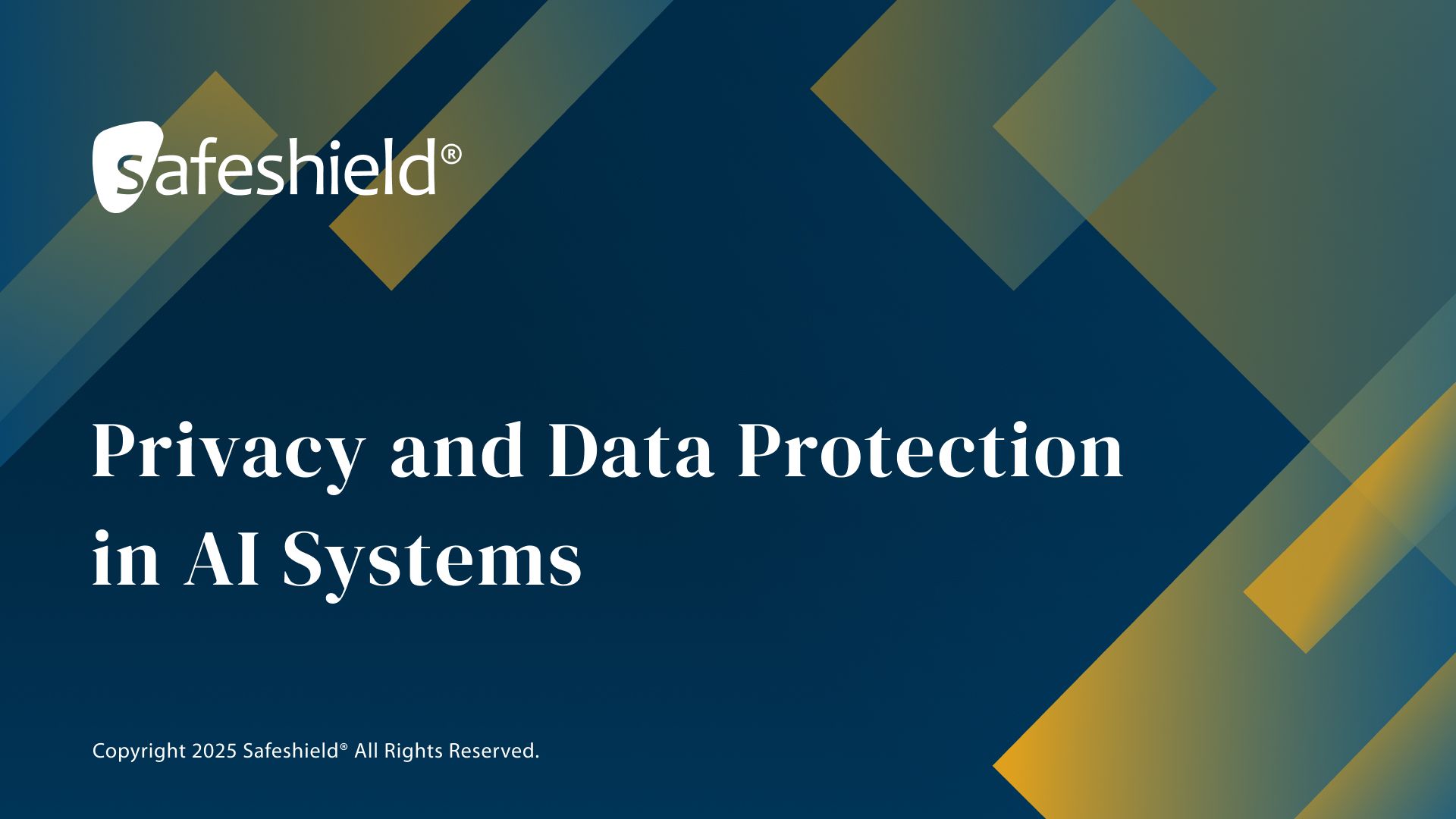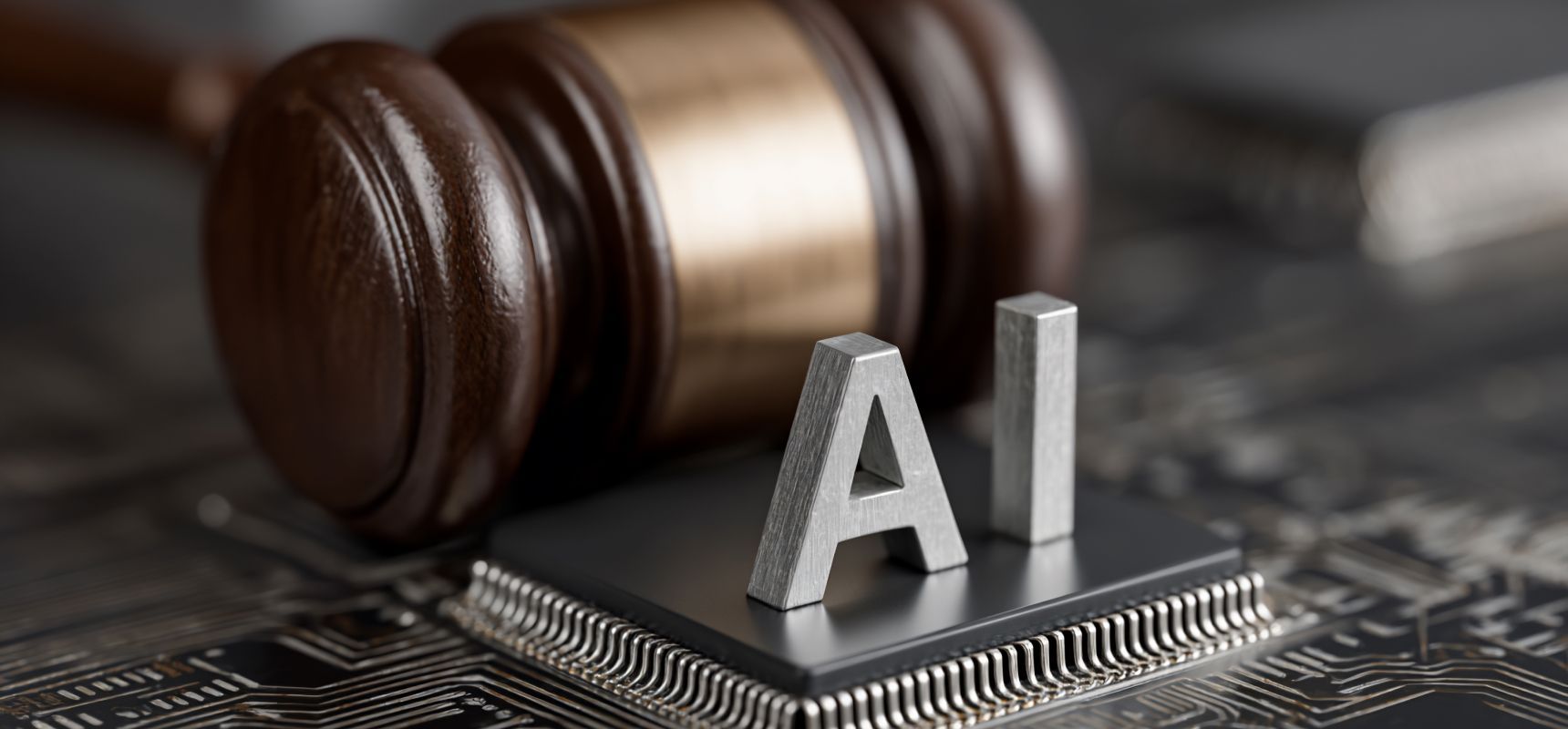AI Regulations in 2025: What Your Business Needs to Know
October 14, 2025
Artificial Intelligence (AI) has moved into the heart of modern business operations at an extraordinary pace. Banks use AI to flag fraudulent transactions in real-time, manufacturers are deploying predictive AI systems to reduce downtime and improve efficiency, even the healthcare sector has made use of these systems.
But as AI becomes more widespread, so do concerns about its fairness, transparency, and safety. What happens when a self-learning model used in critical infrastructure makes an unsafe decision? In 2025, regulators worldwide are stepping in to make sure AI is used responsibly.
For businesses, this means compliance with AI regulations is no longer optional. The cost of getting it wrong could include fines, lawsuits, reputational damage, or even losing access to markets.
In this article, we’ll break down the most important AI regulations businesses need to prepare for in 2025, explain what they mean in practice, and show how frameworks like ISO/IEC 42001 can help you stay ahead of the curve.
Why AI Regulations Are Coming to the Forefront in 2025
The past two years have seen an explosion in AI adoption across industries. Generative AI tools are now used in marketing, HR, legal services, and customer support. Machine learning models underpin risk scoring in finance, supply chain optimization, and logistics.
But with this rapid growth have come high-profile failures:
- Biased recruitment systems that excluded qualified candidates.
- AI-generated deepfakes spreading misinformation.
- Autonomous decision-making tools making errors with real-world consequences.
Governments and regulators have taken notice. Public pressure for ethical AI and corporate accountability is at an all-time high. 2025 is set to be the year where regulation “catches up” with technology.
Businesses that fail to prepare now risk facing fines and the loss of customer trust and market share.
Key AI Regulations in 2025 Businesses Must Watch
1. The EU AI Act
The EU AI Act is the world’s first comprehensive piece of legislation dedicated to artificial intelligence. It takes a risk-based approach, classifying AI systems into categories such as “unacceptable risk,” “high risk,” and “limited risk.”
- Unacceptable risk systems (e.g., social scoring by governments) will be banned outright.
- High-risk systems (such as AI in healthcare, finance, or HR) will face strict requirements, including documentation, transparency, and human oversight.
- Limited-risk systems will need to comply with transparency obligations.
Example: A financial services company using AI to decide loan eligibility will need to prove that its system is free from bias, explainable to regulators, and monitored for performance.
2. United States: A Patchwork of Rules
Unlike the EU, the U.S. has no single federal AI law—yet. Instead, compliance will mean navigating:
- NIST AI Risk Management Framework – widely recognized as best practice for responsible AI.
- State-level regulations (such as California’s and New York’s emerging AI rules).
- Federal proposals under discussion, which may soon add nationwide obligations.
For businesses, this patchwork makes compliance complex but unavoidable.
3. Canada's AIDA (Artificial Intelligence and Data Act)
Canada’s AIDA focuses on “high-impact” AI systems and requires businesses to mitigate risks relating to bias, discrimination, and harm. Organizations must implement governance processes, document risk assessments, and show regulators how they manage AI responsibly.
4. Asia-Pacific Developments
- Singapore’s Model AI Governance Framework continues to set an example in the region.
- China has already implemented rules on generative AI, requiring providers to register systems and ensure outputs align with state guidelines.
- Other countries (Japan, Australia, India) are developing their own AI oversight frameworks.
5. Sector-Specific Regulations
Certain industries face even more strict oversight.
- In healthcare, AI diagnostic systems must meet medical device regulations.
- In finance, regulators demand clear audit trails for AI-driven decision-making.
- In critical infrastructure, resilience and safety are paramount.
No matter where you operate, 2025 will bring tighter AI regulation. Businesses must get ahead now to avoid being caught off guard.
What This Means for Your Business
Alignment with regulations is not something to be ignored.
- Non-compliance carries real costs. The EU AI Act alone proposes fines of up to €35 million or 7% of annual global turnover. Even outside of Europe, regulators are empowered to levy substantial penalties.
- Customers are demanding proof of trust. Enterprises increasingly ask vendors to show evidence of responsible AI practices before signing contracts.
- Documentation is everything. Regulators won’t accept verbal assurances. Businesses must demonstrate they’ve assessed risks, mitigated them, and continue to monitor AI systems.
Put simply: companies that treat AI governance as optional will find themselves at a disadvantage. Those that act now, however, can turn compliance into a very real advantage.
How ISO/IEC 42001 Helps Businesses Prepare
While each country’s regulations differ, they all share common principles: risk management, transparency, accountability, and human oversight.
ISO/IEC 42001
brings these principles together in one structured framework.
By adopting ISO/IEC 42001, businesses can:
- Align with global regulations (EU AI Act, Canada’s AIDA, U.S. frameworks, etc.).
- Demonstrate accountability through clear governance and documentation.
- Identify and manage risks at every stage of the AI lifecycle.
- Integrate AI compliance with existing systems like ISO/IEC 27001 (information security) or ISO 9001 (quality).
Example: A multinational company using AI across multiple jurisdictions could rely on ISO/IEC 42001 as a unifying framework, ensuring they meet both EU and North American requirements without repeat effort.
Why You Need Experts
Having a standard is one thing but implementing it effectively is another. Businesses need trained experts who understand both the technical and regulatory sides of AI governance.
- ISO/IEC 42001 Lead Implementers
- Help organizations design and integrate AI governance into their operations.
- Ensure compliance controls are not just written but actually embedded.
- ISO/IEC 42001 Lead Auditors
- Provide independent assurance that systems meet ISO/IEC 42001 requirements.
- Validate that businesses are truly compliant and ready for regulatory scrutiny.
Other certifications like GDPR compliance training
and SOC 2
audits remain valuable, but ISO/IEC 42001 is the only standard purpose-built for AI. Having certified professionals on your team ensures you’re not just compliant today but prepared for the future.
How to Take Action in 2025
To stay ahead of AI regulation, businesses should act now:
- Assess your exposure. Identify which AI systems you use and whether they fall into “high-risk” categories under new laws.
- Develop an AI governance framework. Establish policies, assign responsibilities, and create monitoring processes.
- Train your people. Build internal expertise by investing in ISO/IEC 42001 Lead Implementer and Lead Auditor training.
- Document everything. Keep detailed records of risk assessments, audits, and monitoring activities to demonstrate compliance.
Stay informed. Regulations are evolving—ongoing education and adaptation are key.
Conclusion
2025 is shaping up to be a landmark year for AI regulation. From the EU AI Act to Canada’s AIDA and beyond, businesses worldwide will face strict scrutiny over how they deploy artificial intelligence.
For the unprepared, the risks include heavy fines, reputational damage, and even exclusion from key markets. For those who act now, however, compliance will become a way to demonstrate trustworthiness, attract customers, and future-proof operations.
ISO/IEC 42001 offers the framework to achieve this, and trained professionals are the ones who can make it work.
If your business wants to stay ahead of AI regulation in 2025, now is the time to invest in governance and training. Our ISO/IEC 42001 courses
provide the expertise your team needs to navigate the new regulatory landscape with confidence.
Subscribe to our YouTube channel @SafeshieldTraining
to explore free courses on AI governance, risk management, and compliance. It is an excellent way to learn the foundations of responsible AI and understand key principles such as accountability, traceability, explainability, non-discrimination, privacy, and security. It is also a great opportunity to deepen your knowledge and stay informed about emerging frameworks and best practices shaping the future of trustworthy AI.
Share this article

As AI becomes embedded in critical areas, like healthcare and finance, understanding the concept of safety has never been more important. In this video, we explore how the principles of safety, security and resilience form the foundation of trustworthy AI — preventing harm, protecting against attacks, and ensuring systems can recover from failure. You’ll learn how to apply these concepts in practice using global frameworks like ISO/IEC 42001, the EU AI Act, and the NIST AI RMF, and why these 3 principles must evolve together as part of a responsible AI governance strategy. Interested in learning more? Explore our AI GRC courses here.

How does AI handle personal data and what does that mean for privacy and compliance? In this video, we explore how artificial intelligence challenges traditional data protection principles, from consent and transparency to data minimisation and accountability. Learn how regulations like the EU AI Act and GDPR are shaping the future of responsible AI, and what GRC professionals need to know to manage privacy risk in intelligent systems. Interested in more information? Explore our AI GRC courses here.



